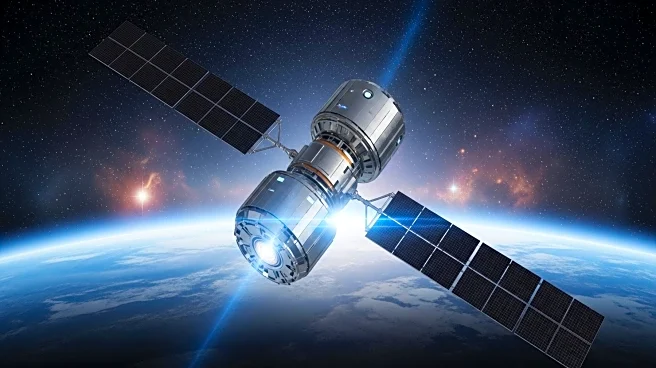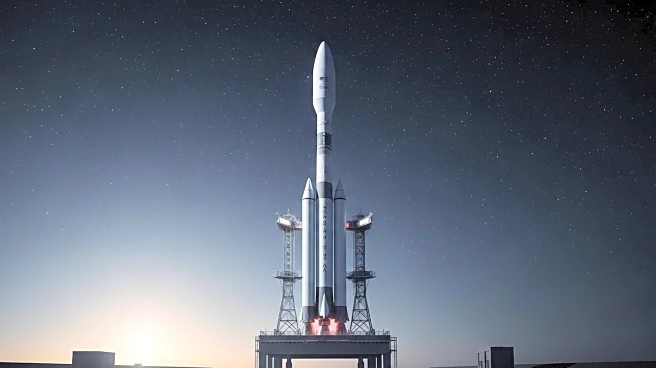What's Happening?
China successfully launched a set of Yaogan-40 satellites into polar orbit, marking its 52nd launch of the year. The launch was conducted using a Long March 6A rocket from the Taiyuan Satellite Launch Center. The satellites are intended for electromagnetic environment detection and related technical tests, although specific details about their capabilities remain undisclosed. The satellites are part of a series that includes previous launches in September 2023 and May 2025, which are believed to perform radio frequency monitoring and geolocation tasks. These satellites are typically used for land survey, crop yield estimation, environmental management, meteorological warning, and disaster prevention.
Why It's Important?
The launch of the Yaogan-40 satellites underscores China's growing capabilities in space technology and remote sensing. These satellites are thought to serve military and civilian purposes, enhancing China's ability to monitor environmental and electromagnetic conditions. The successful deployment of these satellites contributes to China's strategic interests in space, potentially impacting global satellite surveillance and intelligence operations. The launch also highlights China's ambition to surpass its previous record of 68 launches in a calendar year, reflecting its commitment to expanding its space presence.
What's Next?
China's launch activities are expected to continue with upcoming missions, including a sea launch from the Yellow Sea and a Long March 7A rocket launch from Hainan island. These launches will further bolster China's satellite network and capabilities. The international community, particularly the U.S., may closely monitor these developments due to the potential implications for global satellite intelligence and security.
Beyond the Headlines
The deployment of Yaogan-40 satellites may raise concerns about the transparency of China's space missions, given the limited information provided about their specific functions. The use of these satellites for electromagnetic detection could have implications for electronic intelligence gathering, affecting geopolitical dynamics and prompting discussions on space security and surveillance ethics.












